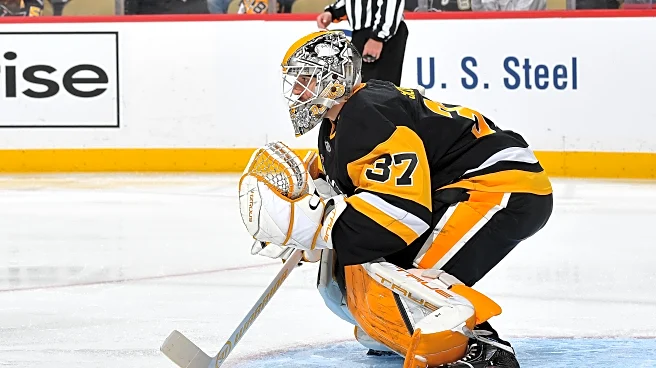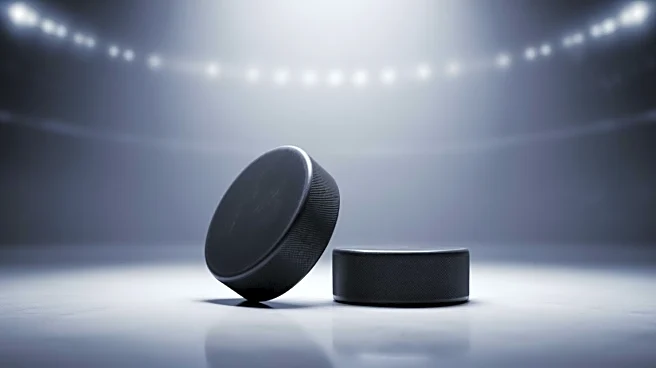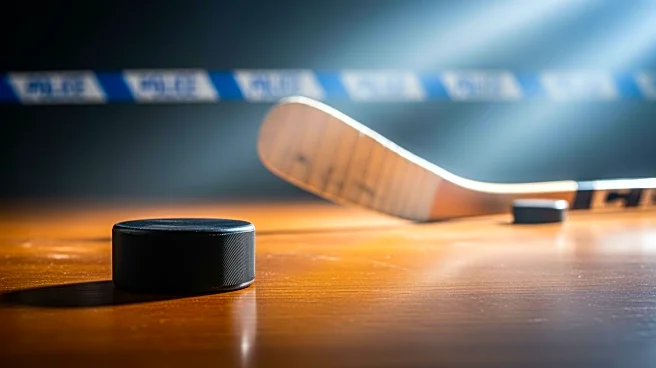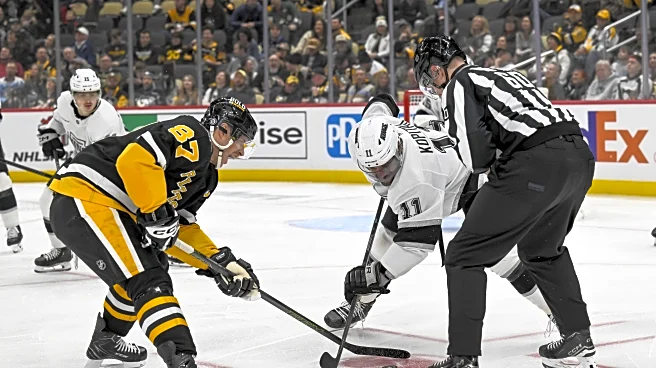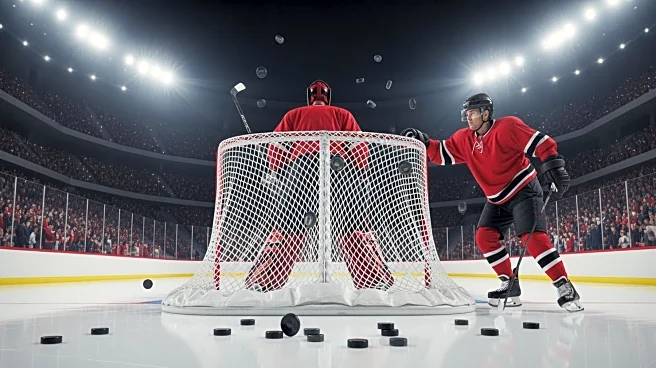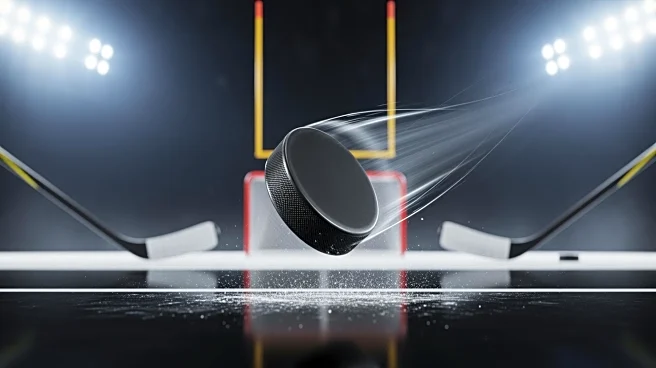It is far from the most pressing concern for the Pittsburgh Penguins this season, but holy crap is this team bad in shootouts. They are 0-3 in shootouts this season, and over the past four years have been
objectively one of the least successful teams in the NHL’s tie-breaking skills competition. It is leaving a lot of points on the table, and when you are a fringe playoff team you are not really in a position to be leaving any points on the table.
The latest shootout defeat came on Saturday against the New Jersey Devils.
This year the biggest obstacle has been goalie Artus Silovs doing a complete 180 from his play in regulation and overtime and forgetting how to play his position. He has not just been bad statistically, he has not even looked competitive in his attempts.
The shooters are not really helping matters much, but they have at least scored a couple of goals for themselves.
Silovs has allowed goals on seven of the eight shots he has faced.
But that is a new problem this season. The Penguins’ recent shootout problems pre-date him.
Let’s just look at some numbers on this.
Going back to the 2022-23 season the Penguins are just 4-13 in their 17 shootouts. That ..235 winning percentage ranks them 29th in the NHL, ahead of only the New York Islanders, Edmonton Oilers (?!) and San Jose Sharks.
It has been a collective group effort on how they have reached this point.
Their shooters over that stretch have scored on just 30 percent of their shots, which ranks 20th in the NHL.
Their three most effective shooters have been Sidney Crosby, Rickard Rakell and Evgeni Malkin, with all of them scoring on more than 34 percent of their shots. As a collective, that trio has gone 13-for-35.
While that’s not quite an elite level, or what you might expect from players as talented as Crosby and Malkin, a 37.5 success rate on a team level would be ninth best in the NHL over the past four years. So … it should be good enough for at least a few more wins.
The problem is the other skaters they have used over that stretch have managed to go just 8-for-34.
That is only 23.5 percent, which would rank at the bottom of the NHL if it were a team-wide success-rate.
The biggest culprits here have been Bryan Rust (2-for-10), Kris Letang (1-for-6) and Jake Guentzel (1-for-4) before he was traded.
In the early part of the Crosby-Malkin era, and even into the second half of it, the Penguins were consistently an outstanding shootout team with talented skaters and strong goaltending giving them a decisive edge every time one was needed. But into the Mike Sullivan era the Penguins were notorious for not doing any sort of shootout activity in practices.
I mention this because according to The Athletic’s Josh Yohe on Tuesday, the Penguins did in fact work on some shootouts.
While it might be good for the forwards to workshop some things, I honestly think the biggest help might be for the goalies.
Silovs specifically.
For years Marc-Andre Fleury was one of the NHL’s most effective shootout goalies, and there is no way you will convince me that regularly getting practice with it was not a factor in that.
While the Penguins forwards have largely been below average in recent years, their goalies since the start of the 2022-23 season have combined for the absolute worst shootout save percentage in the NHL, posting only a .535 mark.
They are one of only five teams that has posted a mark under .600, while the league average is closer to .690.
It is not a surprise that some element of goaltending has been a liability for the Penguins given the way the past few years have played out, but those are just some damning numbers. Somebody has to make a save at some point.
Even if you remove Silov’s 1-for-8 from the equation, the Penguins goalies were still 30th in the NHL in shootout save percentage between the 2022-23 and 2024-25 seasons.
At the end of the day this is not the sort of thing that is going to separate a good team from a bad team. Most teams only take part in four or five shootouts per season (with obvious outliers on both ends of the extreme there). But given how close playoff races are, and the sometimes razor thin margin between the eighth and ninth seeds in the two conferences, one or two extra points could be the difference between a postseason appearance and not having a postseason appearance.
